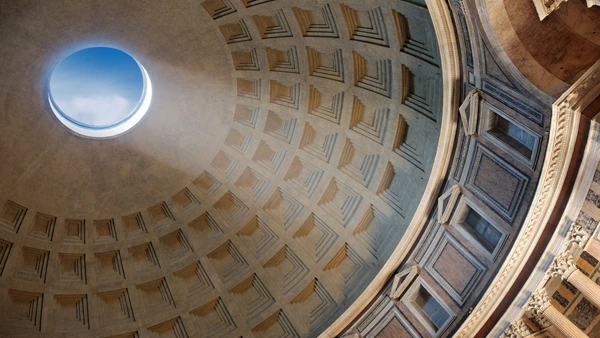
Photo: Depositphotos
The concrete used was self-healing and anachronistically green
The romans were master builders. Many of their works, from the Pantheon (pictured above) and the Colosseum in Rome itself, to the Pont du Gard in southern Gaul and the equally impressive aqueduct of Segovia, in Spain, have withstood the ages. What damage has been done to such constructions is more often the result of stone robbery than structural failure.
Roman work of another sort has survived the centuries, too. “De Architectura” is a ten-book series by Marcus Vitruvius Pollio, an engineer and architect of the first century bc, who is believed by many scholars to have worked with Julius Caesar on some of his military campaigns. These volumes include various tips intended to ensure that buildings “don’t fall into ruins over a long passage of time”...
The Economist: Roman civil engineering has lessons for the modern world



